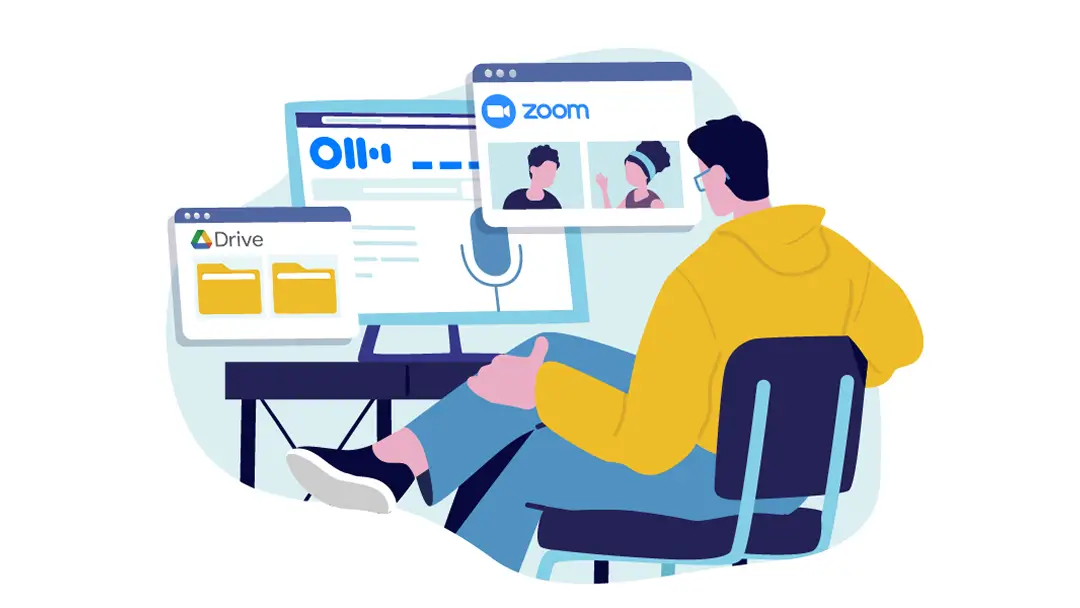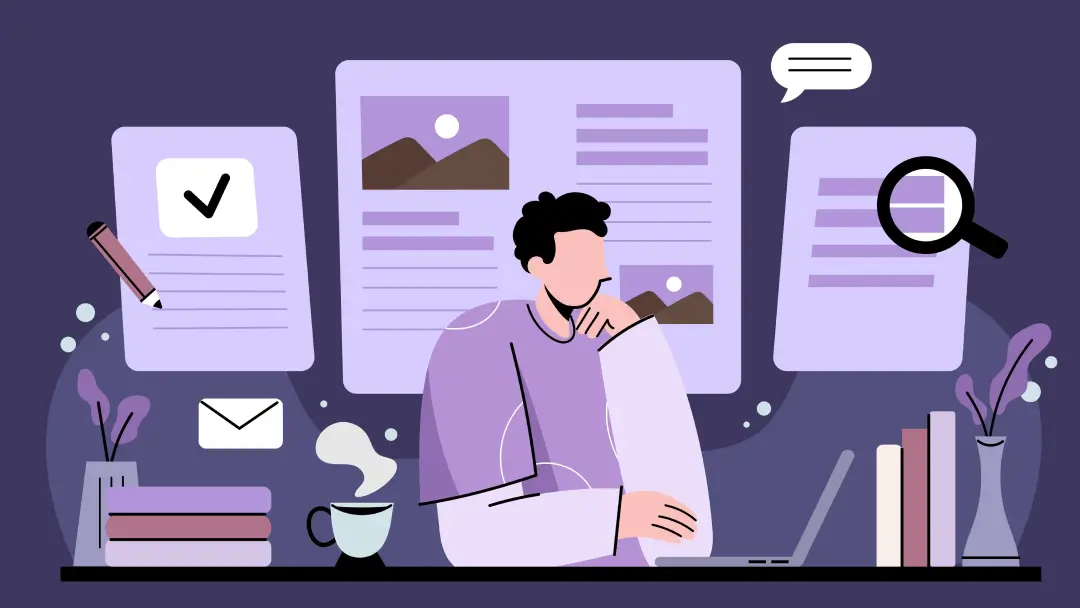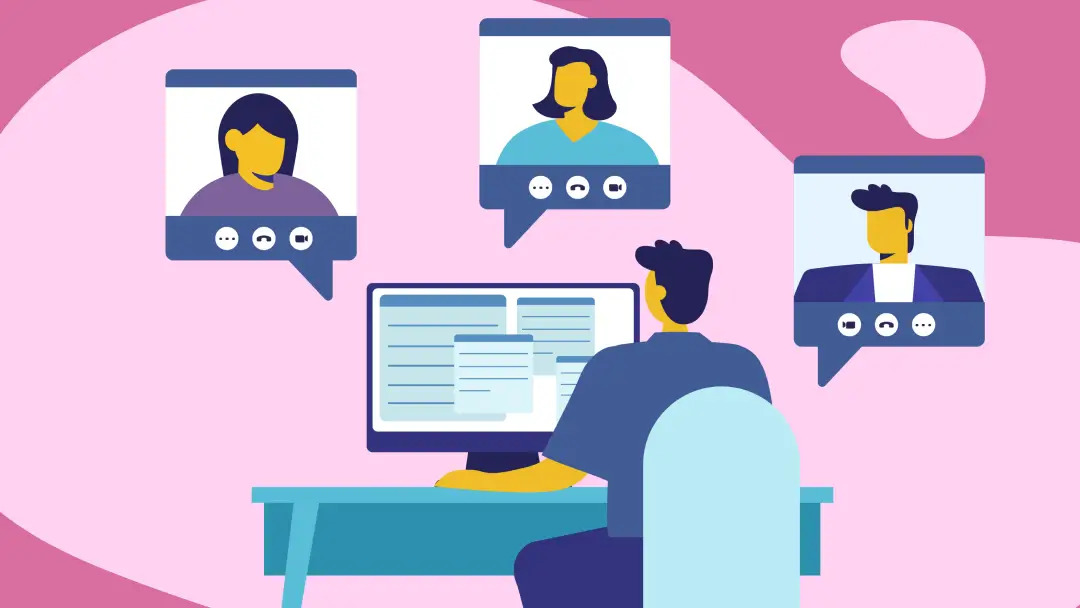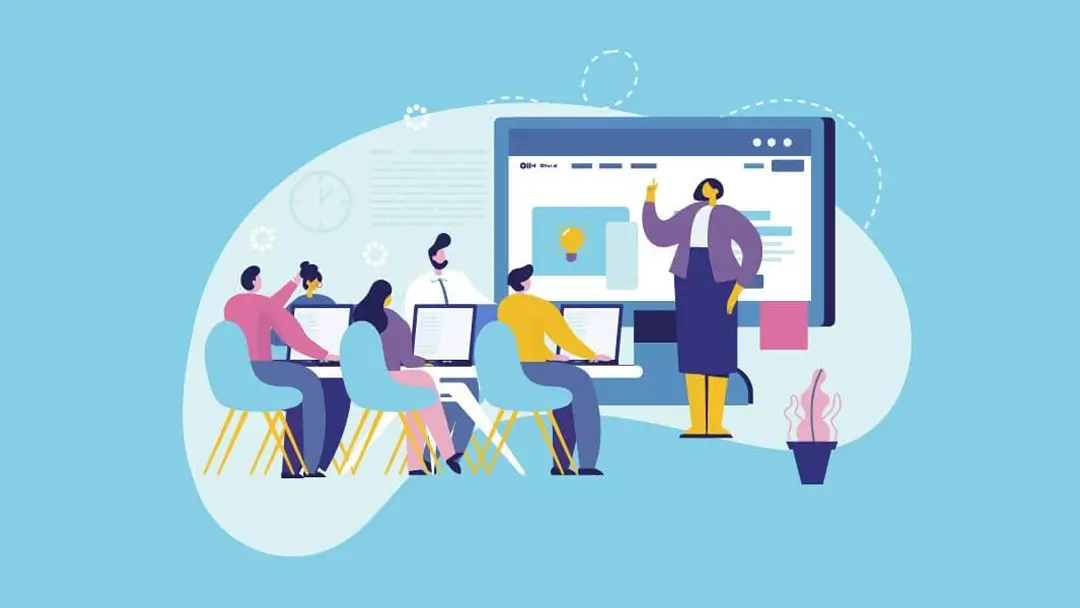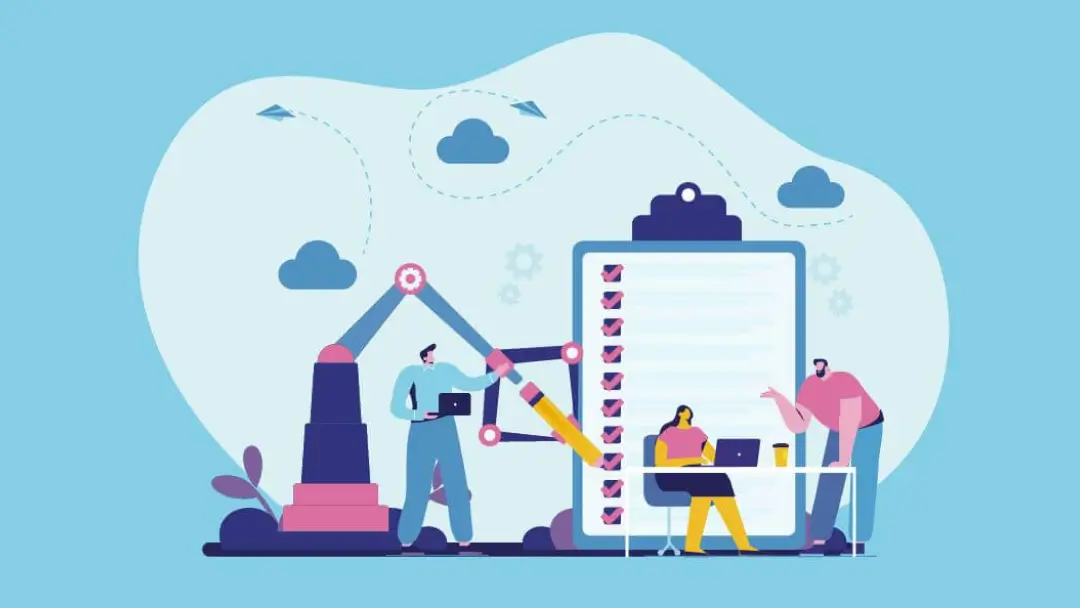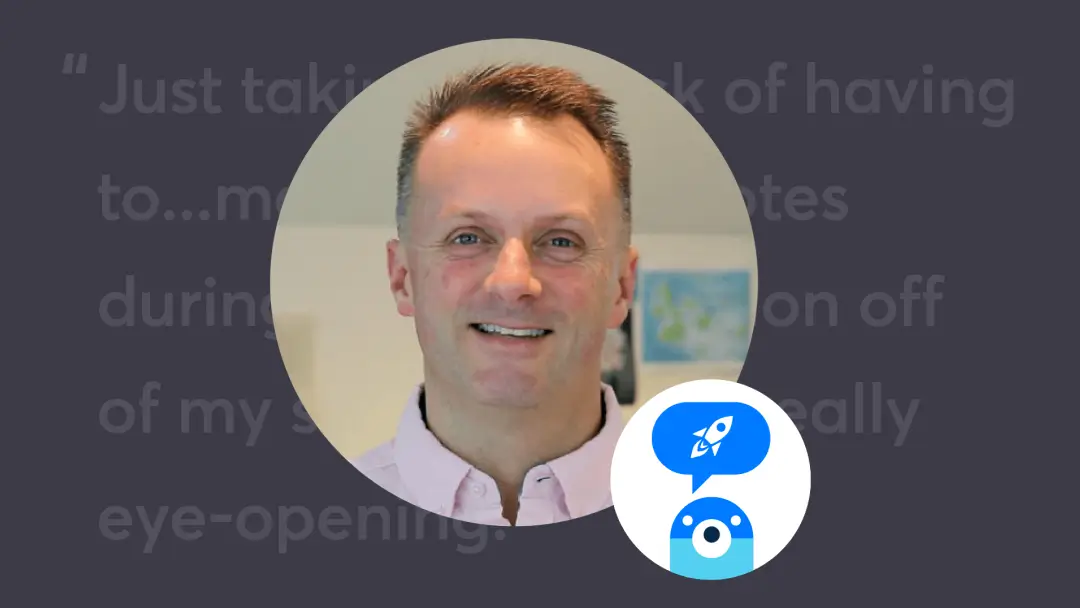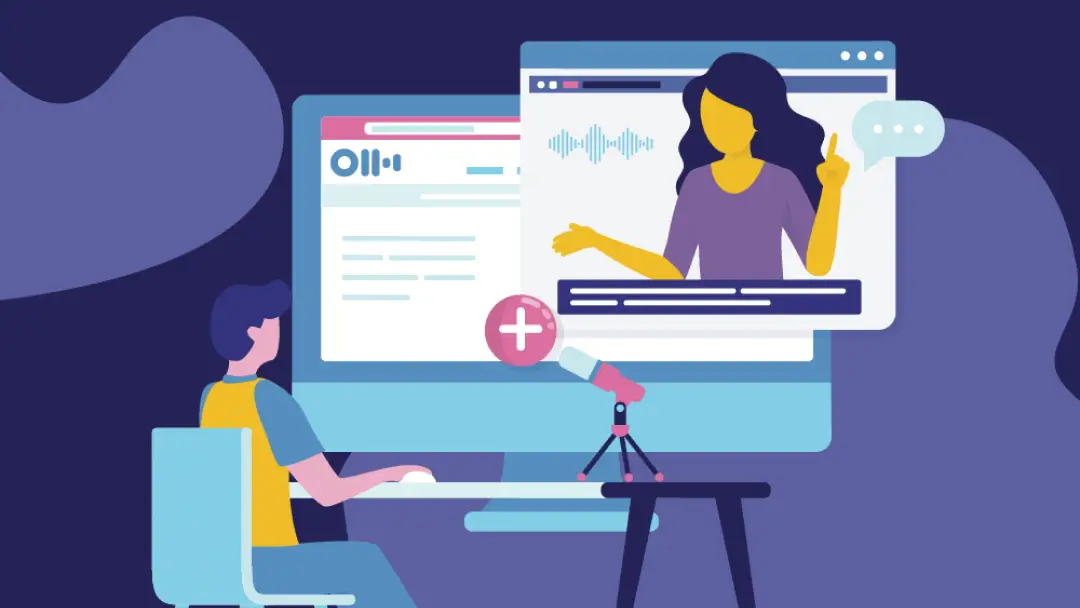Top 10 Journalism Software Tools to Boost Productivity
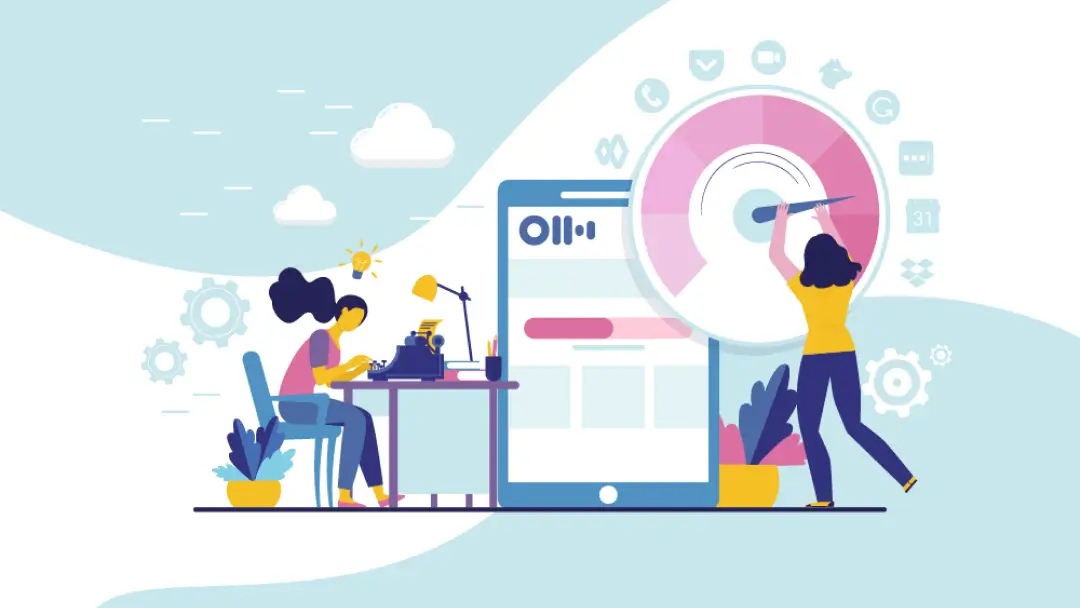
You’re a journalist and you’re busy. That’s practically a tautology. How can you be a journalist these days and NOT be crazily busy all the time? But the thing is that most journalists spend much less time developing their stories and than on dealing with various tasks related to other aspects of their job, such as fiddling with complex recording software, manually transcribing your interviews, formatting and reformatting stories in a subpar word processor, getting distracted with unrelated reading material on the web. And let’s not even get into the nightmare of trying to pull together a feature from various pieces of research and ideas scattered around in notebooks, various Word documents, websites and emails.
This is how good stories die without ever being born. Most of us have much more story ideas that we’ll ever be able to get out there, because so much of our time is spent on other tasks. The secret to writing more stories faster is getting yourself a trusted toolkit of various tools that can save you time on various tasks. There are a lot of tools out there (and trying to learn about them all can turn into another sort of distraction), but you don’t need them all. You need a good word processor and research software, a reliable recording and transcription tool, a way to have interviews long distance and a streamlined way to organize your day and remind you to stay on top of your meetings and to do’s. That’s pretty much all you need.
We have rounded up here a set of reliable (and often well-known tools) that will allow you to tell better stories in less time.
Otter.ai
Once you’ve set up your interview, the next most important tool is one that lets you record it and take good interview notes. The problem is that in the past when you recorded your interview with your trusty Olympus recorder, the recording would sit there locked away, waiting for the time when you’d be ready to begin the time-consuming process of transferring the recording to your computer and transcribing them manually. We are sure that thousands of stories died that way before having a chance to be told to the world. But the alternative - frantically taking notes (handwritten or typed) during the interview - is, of course, worse because when you’re busy taking notes you aren’t really listening to your subject.
There are many recording apps on the market today that allow you to ditch the handheld digital recorder. But none of them do what Otter does. It does not only record your conversations but also transcribes them nearly in real-time, and because it is AI-based, you can be sure that the transcription is pretty accurate. Now you can be there listening to the story and asking important questions, while Otter does the note-taking for you.

Currents
Currents is a free tool that allows you to quickly get a sense of what people online currently care about and what topics are performing best at the moment. Built by the analytics company Parse.ly, it highlights both the most relevant topics and how much attention they’re getting. The tool uses the performance data from more than 600K articles daily tracking info such as the biggest traffic sources for these stories and what keywords people used to find them. Currents can be invaluable in finding under-reported topics that people are interested in. For example, if there is a topic that gets a lot of attention but is not covered in many articles, that must be the topic to jump into.

Call Recorder (Android)
There are times when you can’t get on a video call for an interview (for example, either you or your subject is on the road) so your only option is the phone. But you still have to do the interview. Call Recorder is a call recording app for Android that is trusted by many journalists. Without bombarding you with lots of complex features it does well exactly what it promises to do: easily records your phone calls. It records in a variety of audio formats and allows easy sharing of all or parts of the recording. The Pro version allows you to back up your recording to your chosen cloud service. After you’re done with your interview, upload your recording to Otter to get it transcribed.
If you’re on iPhone, TapeACall is an excellent tool that does the exact same thing. It is not free but is considered the most reliable call recording app for iOS. It allows you to record unlimited incoming and outgoing calls and makes the recordings available to you immediately. You can then easily upload the recordings to Dropbox, Google Drive or another cloud service, or share them via text, email, Facebook or Twitter.
Of course, remember that by law you have to first obtain your subject’s consent before recording a phone conversation.

As a journalist, you need to read as much as you need to write, if not more. But the problem these days is that there is so much to read that it can be pretty overwhelming. Journalists or not, we are bombarded with information from all sides all day long. But if you let well-crafted headlines grab your attention every time they pop on your screen - in your Facebook and Twitter feeds, in your email newsletters and as “suggested articles” on websites - then you’re not controlling the information intake, but instead it takes control over you. Don’t let it happen. We all know that constant distractions are the biggest obstacle to productivity today. Apps like Pocket (formerly Read-it-Later) let you easily bookmark pages and articles to read later. Use the Pocket button in your browser and the handy tagging system to save and retrieve articles easily. Pocket works on any device and is more than just a bookmarking software. It learns from the articles you bookmark and lets you discover other great content that’s personalized to your interests.

Zoom
You can’t always meet face to face with the subject. But the great advantage of today’s connected world is that you don’t have to. When an in-person interview is not an option, there is Zoom. Zoom is a web-based video conferencing tool that allows you to meet with people online with or without video. Zoom works across a variety of platforms and devices, allows easy screen sharing and lets you schedule meetings ahead of time (and send the link to a scheduled meeting to your subject). Essential to journalists, it also gives you the option to record your meetings. And the best thing is that if you have Zoom Pro, Business, or Enterprise plan, you can then easily export your Zoom cloud recordings into Otter for automatic transcription.

Hunter.io
Ever had a brilliant story idea that would be the perfect fit for a publication but then went on to spend hours trying to find an email address of an editor or a source? Hours that could have been better spent on writing the actual story. You need a tool like hunter.io. Simply plug in the URL of the company the person works for and Hunter will give you their most likely email address based on the person’s first and last name and the email patterns in that company.

Grammarly
Typos happen. Grammar mistakes and misspellings are unavoidable. Sending a draft full of typos to your editor will damage your reputation. Yet proofreading every document multiple times is time-consuming and will damage your ability to write more stories in the long run. Every journalist needs a good writing correction/proofreading tool. Grammarly, possibly the most popular proofreading tool, is a browser plug-in that detects grammar mistakes in everything you write on the web - emails, blog posts, drafts in Google Docs, Facebook comments and so on. It alerts you to incorrect grammar and punctuation and poor phrasing and offers suggestions and synonyms. You are free to follow its recommendations or ignore its suggestions and/or add a word to the dictionary to make sure it is not flagged again. Grammarly can be turned on on all websites or only on some, you decide.

Image from Grammarly.com
Lastpass
Have you been locked out of your favorite site or app because it’s not something that you use regularly and so you forgot the password? It’s easy to underestimate how much energy we spend on remembering and retrieving information like passwords to different websites. Lastpass saves you time and energy by remembering every single password you use and syncs it across all your devices.
Now instead of wasting time on remembering passwords, looking up email addresses, transcribing interviews and proofreading your documents, you can actually start doing what journalists do best: tell better stories in less time.

Google Calendar
We don’t need to tell you that a busy and prolific journalist simply cannot do without a good calendar app. Google Calendar does everything you expect from a calendar app like letting you quickly schedule meetings and send reminders. But it also has a lot of little known features that will make managing your busy schedule a lot easier. It lets you set up multiple color-coded calendars within the app and set each one up as public or private (for example one for your work and another for your private life), or choose to set individual events in a calendar as “private”. You can easily set up a remote interview and add a Google Hangout link to your event, and even add attachments to the event, to make sure all the participants have the relevant material they need for the meeting. Two little known features of Google Calendar are “Suggested Times” and “Find a Time”. If you ever had to arrange a meeting with several people you know that the back and forth of trying to find the right time can be annoying and time-consuming. “Suggested Times” and “Find a Time” take the frustration out of this process. Once you add all the participants to the event, you can select “Suggested Times” and a dropdown window will appear with a list of times when every participant is available. “Find a Time” does a similar job by displaying all the participants’ calendars side by side.
Finally, another important feature you don’t want to miss is Google Calendar’s easy integration with Otter. If your Google Calendar and Contacts are synced with Otter, Google Calendar will remind you to record your meetings and then will let you easily share the recordings with the relevant contacts.

Dropbox
Dropbox is one of the oldest file-hosting services. It allows you to store your important files on the cloud and access them on any device, as well as easily share them with other people.
Dropbox Free plan gives you 2GB of storage space, as well as the ability to scan documents and access your files on any device. It also makes it easy to transfer your files, folders, and photos to your device if you need to edit them locally.
Upgrading to Dropbox Professional (the highest Dropbox tier) will not only give you 2TB of storage space but will also enable “Smart Sync”, a feature that frees up your hard drive space, moving your files completely to the cloud. You will still be able to edit or view the files on any device but will not need to download them in order to do so.
Dropbox integrates well with Otter. Send you Dropbox audio and video content to Otter and get an accurate and searchable transcription within minutes, and/or export your Otter audio and transcription to Dropbox and share it with the relevant people.






